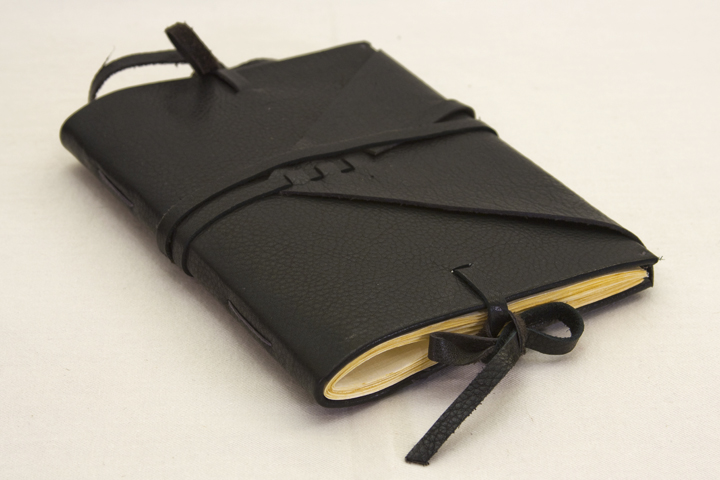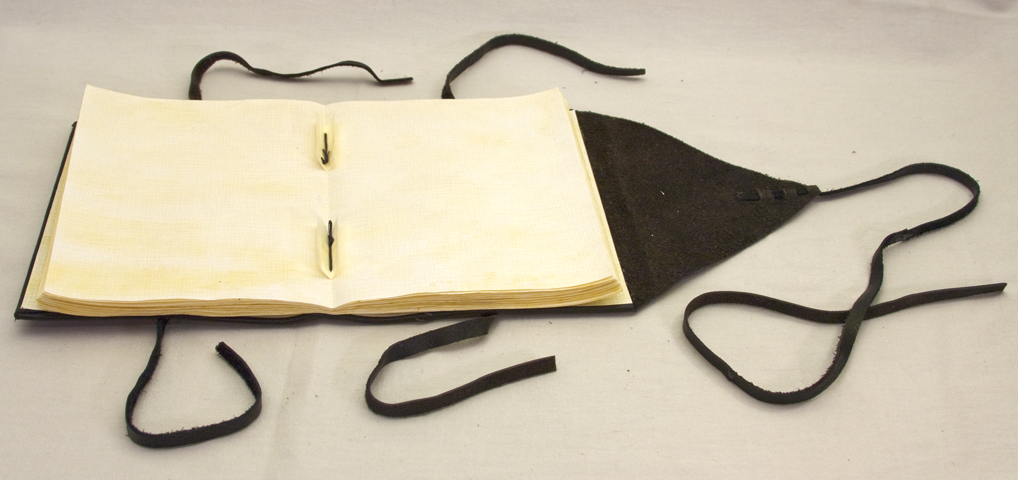As part of my pursuit to learn the historical strucutres of bookbinding, I’ve turned to J.A. Szirmai’s book The Archaeology of Medieval Bookbinding. It has been described to me as being a dense read, but moving at the snail’s pace that I am, it is not bad at all. As I read through each chapter I will make a model of each structure addressed. This allows me to really understand the readings with physical examples.
The first structure in the book is the Nag Hamadi codex. A group of thirteen were discovered in a jar near the Egyptian village of Nag Hammadi in 1945. They are reported as the first known binding and unfortunately were damaged from use and dismantled without the proper documentation. The structure is a limp leather binding stiffened with papyrus. The text block is also papyrus and is composed of a thick single quire with two tackets through the centerfold. These books vary, but many have leather ties and envelope flaps that help keep the books closed.
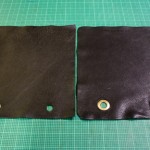
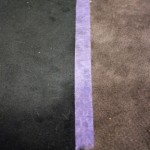
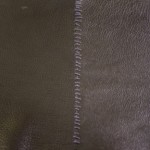
My version is made with Tyvek to simulate the papyrus of the originals. Tyvek is a pain to work with because it is so slippery, but I “tinted” the sheets by brushing each one with an acrylic wash. This helped a little. The cover material is leather given to me by a friend. It was part of an upholsterer’s swatch collection. Szirmai notes that sometimes two pieces of leather were stitched together to make up the cover, which is what I did to get a big enough skin. The ties are also made from strips of the same leather. The thread used is just embroidery floss. I didn’t have any “proper” thread that would blend in with the leather, and there was no sense ordering more just for a practice book.
All in all, it was a good lesson. I used a lot of materials in ways that I don’t normally. It also feels good to reach back to the “beginning” of codex history. Additionally, this has proven to be a good way for me to learn. Choosing a research text and working through it is a wonderful way to create a curriculum. There is also the added benefit of making at least one book every chapter that helps mentally digest the reading. The next chapter is the first multi-quire Coptic codices…more on that soon.
